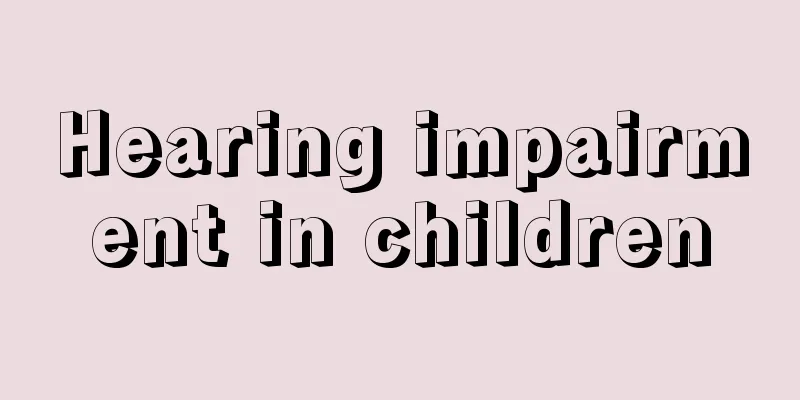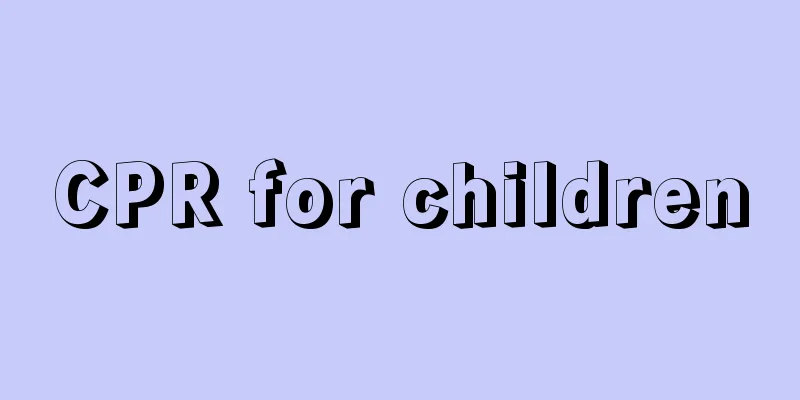Why is the newborn's face a little yellow?

|
Speaking of neonatal jaundice, everyone should be familiar with it. It is a very common neonatal disease. The main symptoms are yellow face and hair. If it is pathological jaundice, it needs timely treatment. Why does a newborn's face look a little yellow? It is usually caused by jaundice. If you don't know much about this, take a look at the introduction below. I believe this can help you. The newborn's face is yellow, which is jaundice. If the baby has jaundice, the mother should pay attention to observation. Jaundice can be divided into physiological and pathological types. Neonatal physiological jaundice is generally not severe. Its characteristic is that jaundice usually begins to appear 2-3 days after birth. The jaundice gradually worsens, reaching a peak on the 4th to 6th day, and then gradually subsides. For full-term newborns, jaundice generally disappears within 2 weeks after birth, and for premature babies, it generally disappears within 3 weeks after birth. Jaundice is often limited to the face and upper body. When jaundice occurs, the child's general condition is good, with normal body temperature, normal appetite, normal color of urine and stool, and normal growth and development. Pathological jaundice is caused by disease, which leads to abnormal metabolism of bilirubin. It occurs in a specific period of neonatal life and significantly aggravates physiological jaundice. However, pathological jaundice has some characteristics that are different from physiological jaundice. Jaundice appears too early, within 24 hours after birth. Jaundice disappears too late or lasts too long, exceeding the normal disappearance time, or jaundice has disappeared but reappears, or jaundice gradually disappears after the peak time but then progressively worsens. If the jaundice is too severe, it often affects the whole body and the skin and mucous membranes become noticeably yellow. When checking serum bilirubin, the bilirubin exceeds 12 mg/dl, or rises too quickly, exceeding 5 mg/dl per day. This should be treated promptly. It can be seen that the harm of pathological jaundice is still relatively large. New parents should know more about the common knowledge about jaundice so that they can discover the signs of illness in their children in time and get effective treatment in the shortest time. After reading this, you should know the answer to why the newborn's face is a little yellow. |
<<: Let neonatal dacryocystitis heal itself
>>: What to do if a newborn has indigestion after breastfeeding
Recommend
What should I do if my baby has a sneezing, runny nose or a stuffy nose?
The weather is getting cooler, and many people wi...
What is the standard height and weight for a two-year-old?
There are huge changes in infants every day. A tw...
Symptoms of precocious puberty
In many cases, some things are more important, bu...
There is clear mucus in the female baby's lower body
The organs of a baby girl are not fully developed...
What causes effusion in children?
Moreover, there are many types of effusion diseas...
How can children grow taller?
Parents all hope that their children can be tall,...
Chinese medicine massage to reduce fever in children
Many people actually don’t know how to treat thei...
Can babies smell floral water?
Floral water is something that everyone has at ho...
What impact can a single umbilical artery have on children?
Single umbilical artery is a unique phenomenon fo...
What to do if your child has corns on his feet
I don’t know if you have seen some patients in li...
Recipe for one-year-old baby
When the baby is about one year old, some food ne...
Yellow runny nose after cold in children
The probability of colds occurring in our lives i...
What are the symptoms of internal heat in children?
From a clinical perspective, the most obvious sym...
Four-year-old girl has secretions in her underwear
There is secretion in the underwear of a four-yea...
Why can't the baby smile for three months?
Laughter is a life attitude, but laughter is not ...









